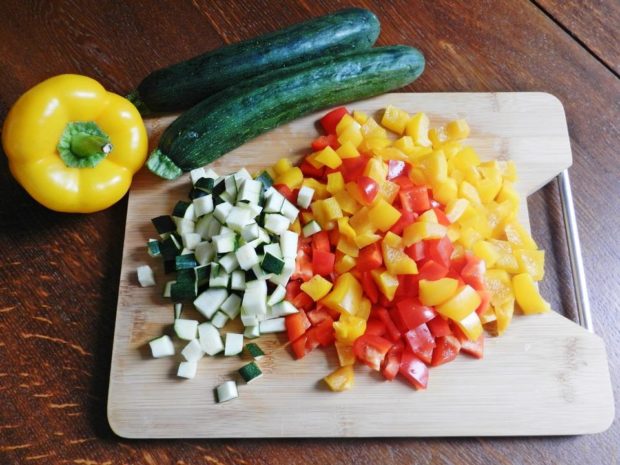You Can Lose Weight with The Paleo Diet – Here’s How

The paleo diet is one of the big fads of the past few years, although it could be said that the Keto diet has replaced it. Have you ever wondered what it would be like to eat like a cave dweller? Maybe not, but besides helping you lose weight, the paleo diet will help you figure it out.
History
The Palaeolithic period began at about 3.3 million years ago. Still, the Paleo diet’s important thing is that it was a time when hunter-gatherers forged food rather than going to the supermarket. Many pseudoscience’s and wishful thinking are surrounding the paleo diet, but if used wisely, it can probably help a lot of you.
Most of the researchers believe they ate whole foods, which means unrefined foods with no additives. That’s a pretty reasonable guess because they didn’t exactly have the technology to process a lot of food.
Concept
The concept of the Paleo Diet is that because people in the Palaeolithic had no way to process and add to food like we do today, they avoided many of the health issues we faced. In the 21st century. Today, scientists and nutritionists associate several illnesses, diabetes, heart disease, and obesity, to name a few, with poor nutrition.
Because we don’t know precisely what our ancestors ate, and because what they ate would largely depend on what was available to them based on location and season, the general concept to which paleo dieters should join. Of the 21st century is to eat only whole foods and avoid processed foods.
Counting Calories?
There is no calorie count. Instead, the Paleo diet eliminates food groups that are typically high in calories, such as carbohydrates.
While there is no calorie count, as with any ultimate guide for weight-loss, the Paleo diet seeks to reduce calorie intake. This is because weight loss comes down to consuming fewer calories than burn, also known as a calorie deficit.
In the Paleo diet, calories are reduced by avoiding sugary and high-fat foods. But the paleo diet is different; it has more protein and less fat, you should aim for 26-30% of your calories to come from protein if you are on the Paleo diet), which helps you burn fat and build lean muscle mass. For more information about paleo diet check this
Studies have shown that the links between overeating processed foods high in salt and trans fats contribute to diseases like diabetes and heart disease and weight gain. In theory, by eating only whole natural foods, our prehistoric ancestors were less likely to develop these conditions and more likely to have a low BMI (although they wouldn’t have called it that).
What to eat in Paleo diet?
Paleo diet foods are foods available to our prehistoric ancestors and therefore, should be natural and unprocessed. Meat and fish, fruits and vegetables, potatoes, nuts, seeds, eggs, and herbs, spices, and oils are allowed to help flavour your food.
It is recommended that you opt for grass-fed animals and organic products where possible, but it depends on your rigor (and the price).
If you’re not too strict and know you’ll give in if you can’t treat yourself now and then, the recommended options are red wine and dark chocolate.

